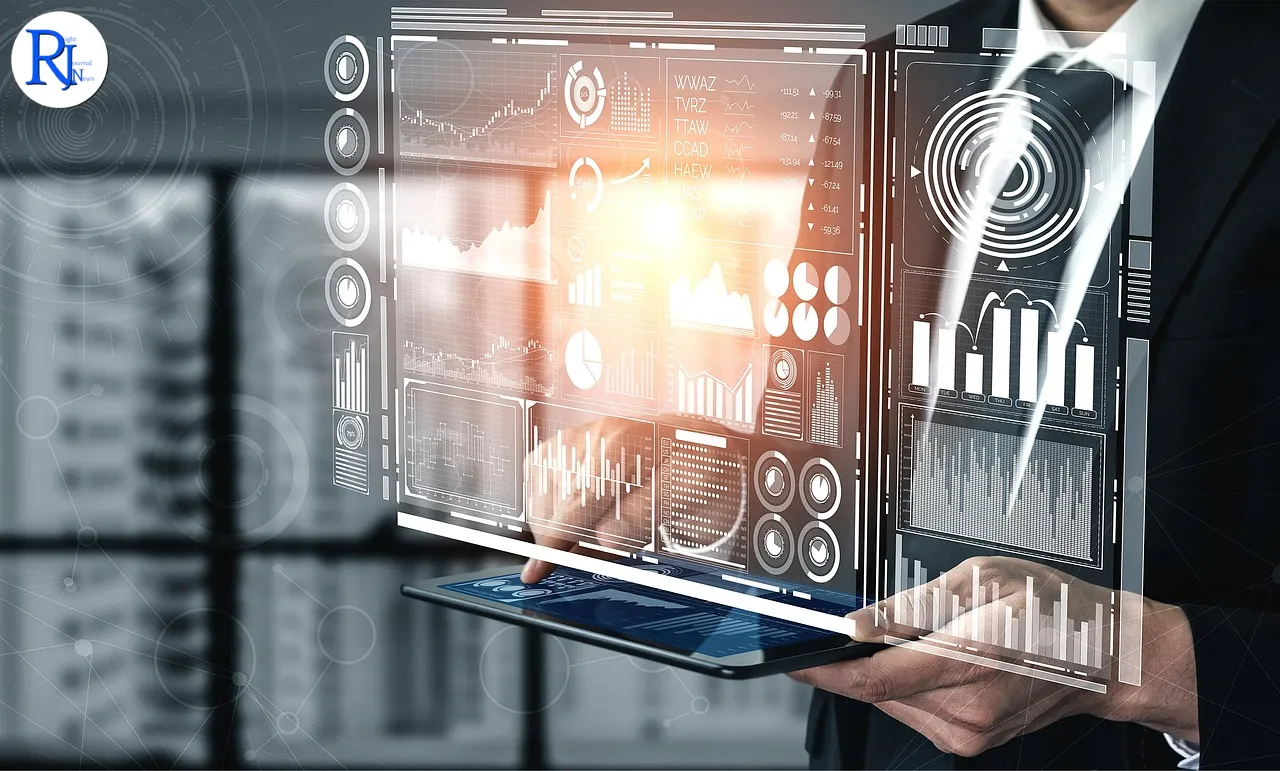Artificial Intelligence (AI) is rapidly transforming the global economic landscape, with its effects becoming increasingly tangible. In a week marked by significant developments, companies worldwide are adjusting to the AI-driven economy, with notable shifts in employment patterns and operational strategies. Key players in this transformation include major corporations implementing AI technologies to streamline operations and cut costs. As AI continues to automate tasks previously handled by humans, the workforce is witnessing significant changes, including layoffs and the introduction of shorter work weeks.

Significant Developments Unfold Globally
The rapid adoption of AI technologies has led to a wave of layoffs across various industries. In the United States, tech giants like Amazon and Google have announced plans to reduce their workforce as AI systems take over roles in customer service, data analysis, and logistics. These changes highlight the growing reliance on AI to enhance efficiency and reduce operational costs.
Meanwhile, in Europe, manufacturing firms are increasingly turning to AI-driven robotics to automate production lines. This shift has resulted in a reduction of manual labor jobs, with companies citing improved productivity and precision as key benefits. The trend is not limited to the tech and manufacturing sectors, as AI is also making inroads into healthcare, finance, and retail, affecting employment patterns across the board.
The Shift to Shorter Work Weeks
As AI continues to reshape job roles, some companies are experimenting with shorter work weeks as a strategy to adapt to the technological shift. European firms, in particular, are leading this movement, with countries like Sweden and Germany exploring four-day work weeks to maintain employee well-being while leveraging AI’s efficiencies.
Experts argue that shorter work weeks could become a standard practice as AI handles more routine tasks. “AI’s ability to perform repetitive functions allows humans to focus on creative and strategic aspects of their roles,” says Dr. Emily Chang, an economist specializing in AI impacts. This shift not only promises to enhance work-life balance but also to foster a more innovative and engaged workforce.
Automation: The New Frontier
The race to automate work is intensifying as companies seek to capitalize on AI’s capabilities. This trend is evident in sectors such as transportation, where self-driving technology is revolutionizing logistics and delivery services. Companies like Tesla and Uber are investing heavily in autonomous vehicles, aiming to reduce human error and improve efficiency.
In the retail sector, AI-powered systems are optimizing inventory management and personalized marketing strategies. Retailers are using AI to analyze consumer behavior, enabling them to tailor offerings and improve customer satisfaction. “Automation is not just about replacing jobs; it’s about enhancing the way businesses operate,” says James Lee, a technology analyst at TechInsights.
Economic Implications and Challenges
While AI presents significant opportunities for growth and innovation, it also poses challenges for the workforce and policymakers. The displacement of jobs due to automation raises concerns about unemployment and income inequality. Governments worldwide are grappling with the need to retrain workers and ensure that economic benefits are distributed equitably.
Policymakers are considering measures such as universal basic income (UBI) and education programs to help workers transition to new roles. “It’s crucial to invest in education and training to prepare the workforce for an AI-driven future,” emphasizes Dr. Sarah Patel, a labor economist. The challenge lies in balancing technological advancement with social and economic stability.
Looking Ahead: The Future of Work
As AI continues to evolve, its impact on the economy is likely to deepen. Companies must navigate the complexities of integrating AI into their operations while addressing the human aspect of the transition. The potential for AI to drive economic growth is immense, but it requires careful management to mitigate risks and ensure a fair distribution of benefits.
The coming years will be critical in determining how societies adapt to this new era of work. Collaboration between businesses, governments, and educational institutions will be essential to harness AI’s potential while safeguarding the interests of the workforce. As the AI economy unfolds, the focus must remain on creating a sustainable and inclusive future for all.
In conclusion, the AI economy is no longer a distant concept but a present reality shaping industries and societies. The shifts in employment, work patterns, and automation strategies underscore the need for proactive measures to embrace this transformation. As AI continues to redefine the global economic landscape, stakeholders must work together to ensure a balanced and equitable future.

